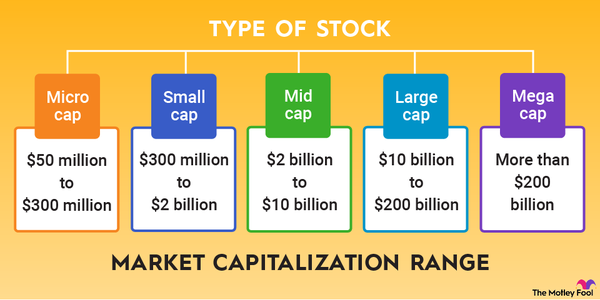As artificial intelligence (AI) becomes a bigger point of conversation, it’s going to be increasingly important to understand some of the terms that surround the technology. Machine learning is a branch of AI that helps its tools better understand how to do their job.

What is it?
What is machine learning?
Machine learning is the field behind a great many of the artificial intelligence programs that we encounter in daily life right now. It’s a method that AI tools use to acquire new information. Machine learning gives AI tools the ability to learn without being explicitly taught or programmed with new information, which makes all kinds of other things possible.
Not everything can be told to a computer in a program, which explains why machine learning was invented. It’s simple to teach a computer to calculate, but to teach it to paint a picture or write a cover letter takes a different skill set entirely, one that can look at examples and reassemble the parts into a new whole.
How does it train AI?
How does machine learning train AI?
There are several machine learning protocols that programmers have developed that can teach AI tools how to do new things. Even though this cuts down on programming time, it often results in increased training time for the AI tools, which are taught by feeding them a massive amount of data about whatever it is they’re supposed to be specialists at doing, then testing them and providing feedback. Artificial intelligence uses machine learning to synthesize the data and the results during its training period.
For example, if you had an AI tool that used machine learning to pick stocks, you might feed it historical data on a particular stock or the entire market, let it analyze that data, and then proceed to ask it to show you when the markets were poised for a bull run. You would then correct it when it gave you the wrong answers until it only provided correct answers.
That AI could then theoretically be used to predict upcoming bull runs, but its accuracy would only be as good as the data set it was provided, the training it received, and the machine learning algorithm that helped it learn.
Why does it work?
Why does machine learning work to teach AI?
Machine learning helps AI tools better understand what they're seeing by giving them a way to process so much data that it eventually correlates the patterns to the results they need to match. Again, if an AI tool were designed to help identify good stock picks from technical patterns, you could feed it tons and tons of technical data and show it when it’s correct. Because of its machine learning algorithms, it would eventually pick up the patterns.
This works much better for discrete data rather than more vague data that might be open to interpretation. If you took an AI program trained on the New York Stock Exchange and asked it for the best picks for tomorrow based on specific technical indicators, it would have a much easier task because the data is fairly discrete.
Related investing topics
The black box
What is the black box in machine learning?
Although programmers often have some understanding of what their machine learning algorithms are doing, sometimes they don’t. When they don’t know what’s happening inside the program, even though the AI is getting the right answers, this is generally referred to as a “black box” or a “black box problem.”
The black box is exactly what it sounds like. It’s a missing piece of the puzzle. For programmers, it’s as if the AI tool is going into a room with black windows and figuring out solutions on its own. This isn’t what’s happening; AI tools may be smart, but they’re not sentient. Even so, the program is clearly doing something unexplainable or untraceable due to its complex nature.
It’s important to understand not just that the program can do a job but how it’s getting its answers. If a machine learning algorithm involves a black box, you can’t really be sure it’s always going to give you the right results. It might be correlating the wrong data, resulting in answers that are right most of the time for the wrong reasons.
For example, an AI tool trained to read medical imaging might understand what it’s seeing is a broken leg, or it might just figure out that the data it has is from a machine that generally detects broken legs. So when something vaguely leg-shaped appears, it might draw the conclusion that the leg was broken by correlating the machine and the general shape of the image rather than by identifying an actual break.


































































